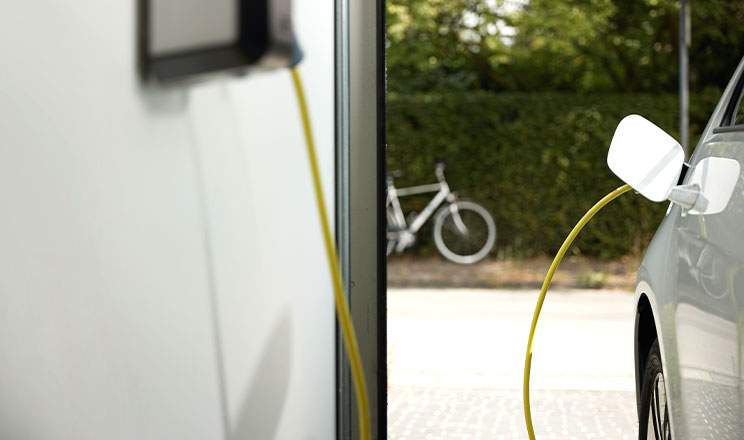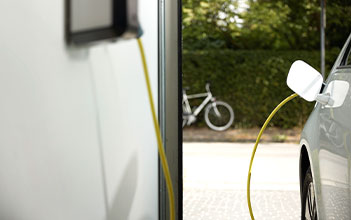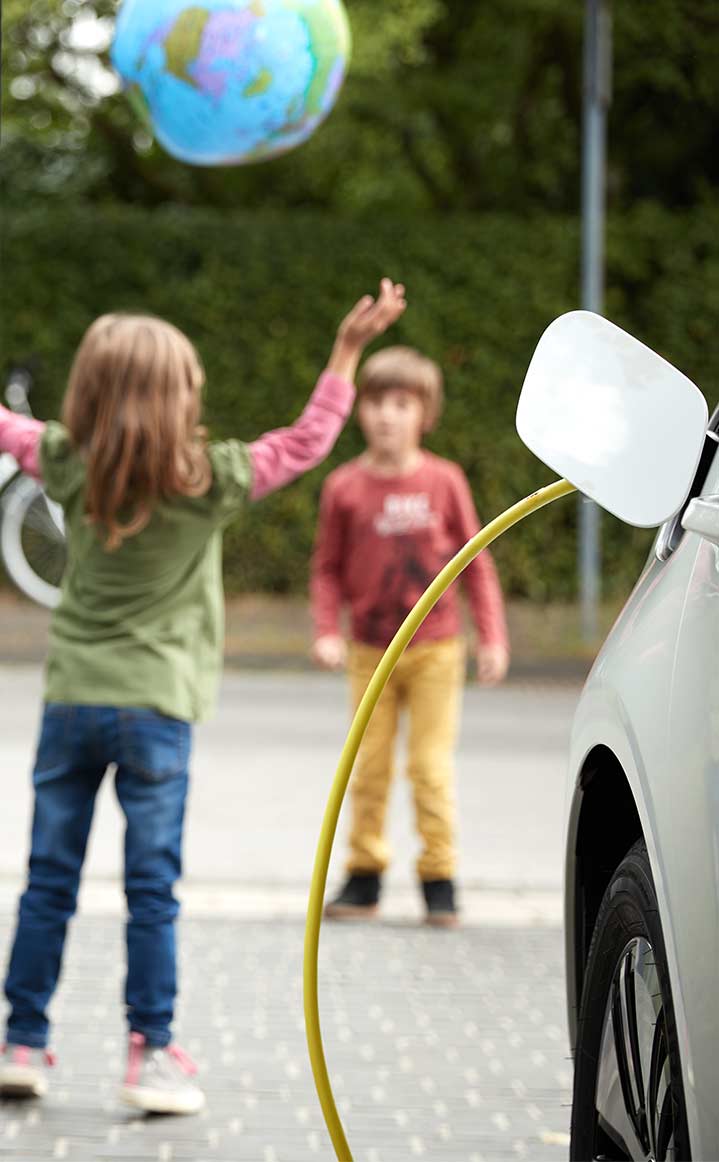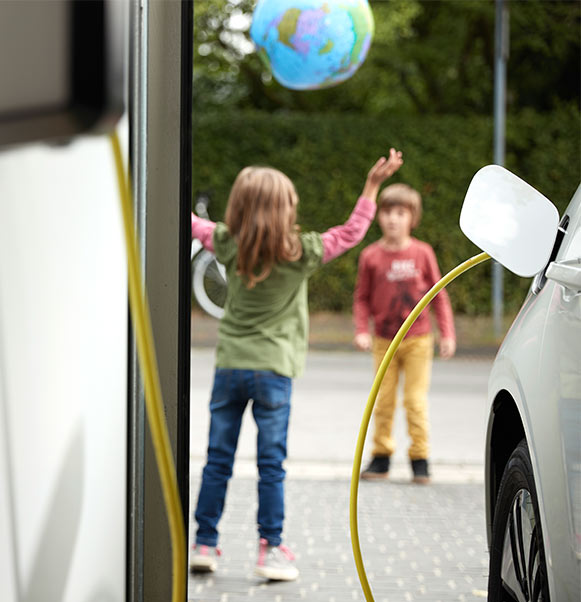How do electric vehicles work?
High petrol and diesel prices at the pumps might mean more of us looking into electric vehicles (EVs). Here's everything you need to know about where they came from and how they work.




The story of electric vehicles
Inventors were exploring electric vehicles long ago. Scotland's Robert Anderson created a crude electric carriage in the 1830s,1 while William Morrison debuted his “horseless carriage" during the 1880s.2 In 1898, Ferdinand Porsche — who went on to create the sports car brand — designed the P1, which cruised Vienna at speeds of up to 21 mph.3 Yet in the early 1900s Henry Ford's Model T popularised the internal combustion engine (ICE), extinguishing the electric vehicle sector.
In the UK, the first battery electric vehicle of the new era was the milk float, which emerged in 1947 as a quieter alternative to horse-drawn carts for early morning milk deliveries. The ill-fated three-wheeled single-seater Sinclair C5 was launched to the British public in 1985. Toyota's Prius hybrid car, which hit the UK in 2000, brought electric vehicles to a wider public and in 2008, Tesla's Roadster transformed the market by achieving a range of 245 miles on a single charge.4
Today, electric vehicles are available in every shape and size, from tiny single-seater runabouts to full size sports utility vehicles. There's even an industry that has built up around converting classic cars into electric vehicles.
How electric vehicles work
Electric motors are much more efficient than the ICE because they don't need a gearbox: they convert over 77% of the energy they use to motion, while petrol vehicles convert less than 30%.5 So driving an electric vehicle feels like driving an automatic, only lighter. A gear selector lets you move between park, drive, reverse or neutral, but most of the time you only use the brake and accelerator pedals.
Besides pure electric vehicles, there are two main types of hybrid vehicles. Traditional hybrids have a small electric motor and a large ICE: they can switch between the two, run using both engines, or use the fossil fuel engine to charge the electric battery. Plug-in hybrids also have both an electric motor and an ICE, but they have bigger batteries which need charging at a plug. After they use their battery range, which is typically under 50 miles, the engine switches over to petrol or diesel.
How far can electric vehicles go and how do you charge them?
Different models of EV have different battery ranges and for all EVs, range is better in summer, when the battery is warm.
All batteries need charging and the UK now offers a wealth of charging options. Probably most convenient are home EV chargers, but they’re becoming an increasingly common sight at offices, shopping centres, hotels and service stations.
For a truly green option, you can charge your vehicle at home using your own solar panels. This also lets you use your car battery as a storage solution. Vehicle to grid (V2G) technology allows you to send back electricity from your car’s battery to the grid when it's needed, helping to reduce peak load. Just one example of how, almost 200 years after they were first invented, electric vehicles are helping to save the planet, and helping their drivers to take action for the climate.
1. The Scotsman: Electric car revolution is here
2. Interesting Engineering: The interesting history of electric cars
3. BBC: First Porsche revealed to be an electric car from 1898
4. Britannica: Tesla Motors
5. Energi Media: Battery EVs more fuel efficient than ICE vehicles
Share to:


Our blog
Read our latest blogs to discover how E.ON is leading the energy transition through smart and sustainable solutions.


It's time to clear the air
Towns and cities across the UK are suffering from illegal levels of air pollution. We think it’s time to do something about it.


Electric vehicle charging at home
We're with you every mile of your electric car journey. We offer sleek and intuitive EV chargers as well as dedicated tariffs and access to over 30,000 charging points across the UK and Europe with our E.ON Drive network.